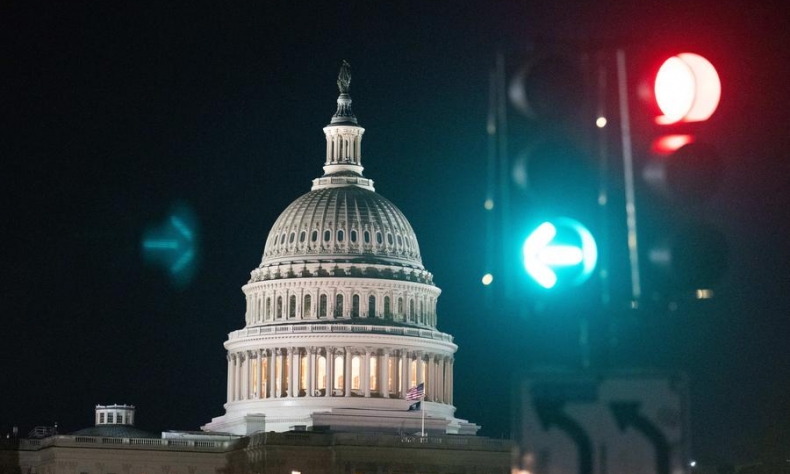The Method of Getting Along

The correct way for China and the U.S. to coexist is to reduce strategic misjudgments and—on the premise of respecting each other’s sovereignty, security and development interests—face global challenges together. Neither side should seek to reshape the other according to its own will.
Will China-U.S. relations move in a positive direction in 2025? After numerous black swan events in recent years, even the most distinguished experts in international affairs have grown cautious about giving answers to this question. However, most recently, developments have given rise to more optimistic predictions.
The official renewal of the Sino-U.S. Technology Cooperation Agreement, which had been postponed twice, is a sign that China and the U.S. are likely to enhance dialogue and cooperation in more areas in the future. Additionally, President-elect Donald Trump, returning to the White House after a four-year absence, has frequently indicated his willingness to repair relations with China. For instance, during a press conference at his Mar-a-Lago estate in Florida on December 16, Trump, employing his characteristic hyperbole, remarked, “China and the United States can together solve all of the problems of the world.”
Sino-U.S. cooperation is not a panacea, but no one can deny that a positive and stable relationship between the two nations is vital for humanity, which is currently grappling with ongoing economic decline and persistent regional conflicts.
The perspective of Lawrence Summers, who served as secretary of the treasury and director of the National Economic Council under the Clinton and Obama administrations, is considered to reflect the ideal U.S. approach to China-U.S. relations: The U.S. will not seek to economically contain China, nor will it prevent China from gaining international influence commensurate with its economic power. However, in return, China must ensure that its economic achievements are used to improve the living standards of its people, rather than seeking to create its own rules outside the existing international system or using its economic strength to project what the U.S. judges to be excessive global influence.
Today, China’s GDP is approaching $19 trillion, making it the world’s second largest economy. From the U.S. perspective, China now possesses the ability to set its own rules outside the current U.S.-dominated international system, and a country that cannot be brought under its control represents a significant challenge to America’s global hegemony. As a result, the U.S. is determined to prevent China’s further development, particularly in the hi-tech sector. This has been the fundamental reason behind the friction between the two nations in recent years.
However, China has never intended to engage in conflict with the United States. Even today, China still faces numerous pressing domestic issues. Its per-capita GDP remains significantly lower than that of the U.S., and many of its people’s living standards still need improvement. Instead of focusing on competing with the U.S., China should and does prioritize its own development.
At the same time, as the world’s factory, China is eager for people around the world to enjoy more prosperous lives, as this will lead to greater consumption of goods made in China. More than any other country, China desires global peace and economic prosperity. While China yearns for a fairer international order, it recognizes that although the old order has many issues, it is still preferable to disorder.
Therefore, the correct way for China and the U.S. to coexist is to reduce strategic misjudgments and—on the premise of respecting each other’s sovereignty, security and development interests—face global challenges together. Neither side should seek to reshape the other according to its own will.
China is willing to continue dialogue with the U.S. Government, expand cooperation, manage differences, and work toward a smooth transition in China-U.S. relations for the benefit of both peoples. This was the expectation expressed by Chinese President Xi Jinping during his meeting with U.S. President Joe Biden on November 16, 2024. When both sides sincerely convey goodwill, it is hoped that China-U.S. relations will move in a positive direction through joint efforts.
 Facebook
Facebook
 Twitter
Twitter
 Linkedin
Linkedin
 Google +
Google +










